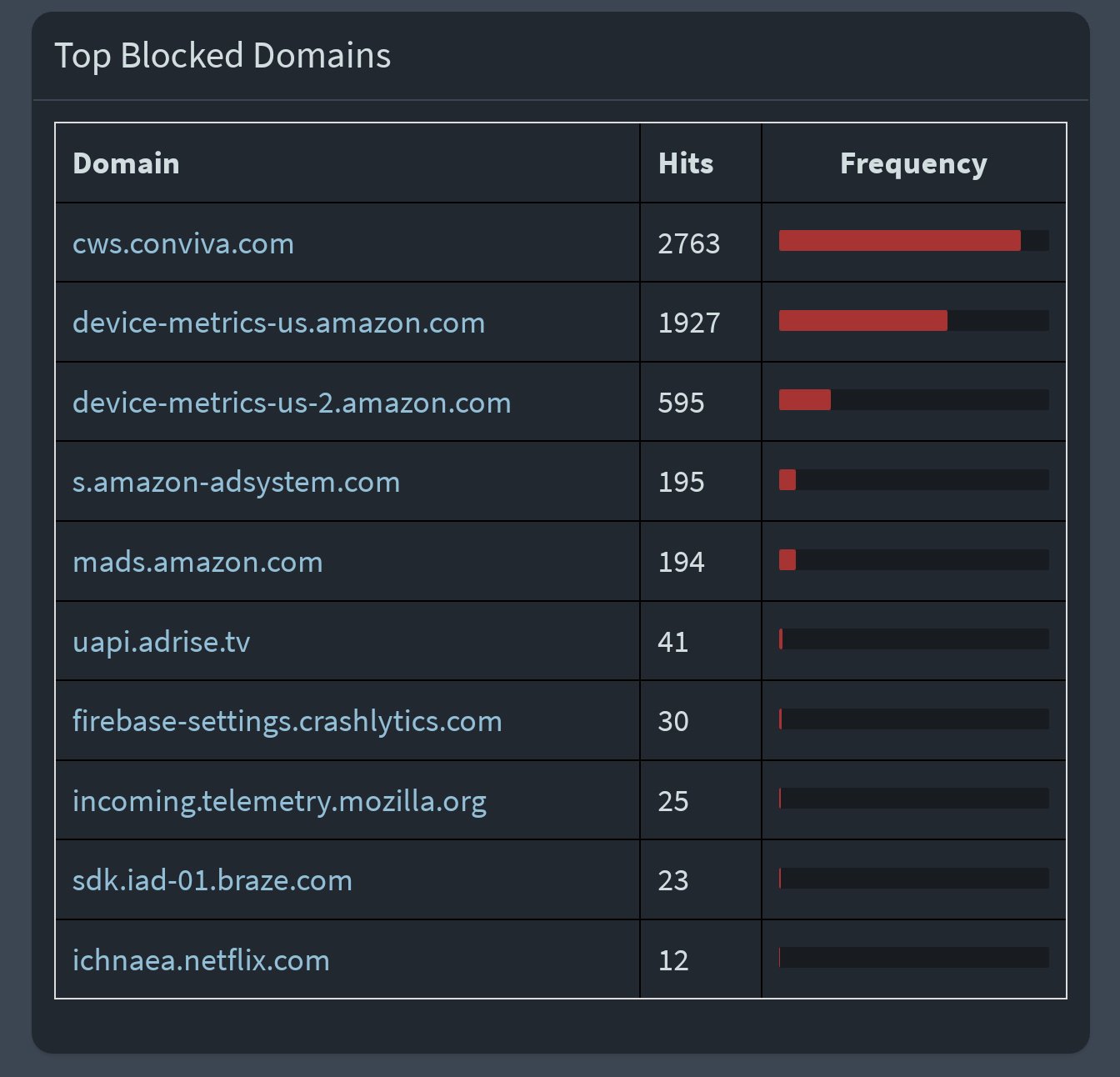

Something is seriously wrong with your Windows 11 install. I have two Windows 11 devices on my network and a Surface Duo 2.



Something is seriously wrong with your Windows 11 install. I have two Windows 11 devices on my network and a Surface Duo 2.



Netdata would be my recommendation, but that may be a little much for the situation. I have about 5 Debian VMs for different things and one of them is a netdata server I run which collects data from itself, the other VMs, a separate minipc I have for containers, and the host OS.
Otherwise, slap btop on there and watch the pretty terminal graph


If only there was some sort of symbolism they could use to tie-in with the name of the product…


ADMIN, isn’t it time to move from lemmy.world?
They said, from their lemmy.world account.


It’s important to note that your password has to be stored someway, no matter what, no matter where. How it’s stored can be varied, from hashed (think encrypted) to cleartext. I’m assuming lemmy is using hashed passwords, so if you’re concerned about your password being available to an instance owner, admin, or potential attackers, then you’ll need to follow safe password guidelines. Changing the concept from passwords to passphrases is a great start.
Always keep in mind, if the data isn’t stored on your device, you do not technically own that data. You have to trust the owners to be good data custodians and treat the data you give them as if it were their own private data.
I’ll leave this now internet-ancient sacred image for future passphrase converts.

History of the World Part 1. An absolutely amazing Mel Brooks film
Notepad++ if you just need to type something up.
Trilium Notes, Logseq, or Obsidian.md if you’re looking for something more advanced.
Self-host something like bookstack, docuwiki, mediawiki, or wikijs for something more… permanent? I wouldn’t really use these to jot something down real quick but I do put a lot of finalized? notes in a wikijs docker image I host.


The old name is draw.io with the self-hosted version keeping that name. The current name is diagrams.net hosted on their servers.
In the end, it’s all the same


This might be out of scope for the list, but I thought of it after I saw your response.
Stride3d game engine: https://github.com/stride3d/stride


I don’t technically open any ports to the public. I have a site-to-site wireguard tunnel to a hosted server. The hosted server is running a hypervisor with two virtual switches. One switch is my external switch and only my Wireguard server is using it. The other is an internal switch where I place other VMs for separate things. A container host, a terminal server with xrdp, a monitoring server with netdata, stuff like that. All technically, but unnecessarily, accessed through nginx proxy manager.
Because it’s site2site with my home equipment on the Wireguard server, i can still connect to my home network where i host a number of separate services like HomeAssistant from outside the home network.
I don’t use tailscale, but Wireguard vanilla is super easy to work with. I also have fail2ban pretty much everywhere I can install it because it takes up practically zero resources.


For monitoring, i didn’t see Zabbix or Netdata:
https://git.zabbix.com/projects/zbx/repos/zabbix/browse
https://github.com/netdata/netdata
I also didn’t see OBS for broadcasting either:


For real, man. Homegrown tomatoes are fkn delicious.
I’m thinking of starting something similar. What kind of specs are you using for your host?
I’m concerned about RAM and disk space for this in my personal setup
Short answer: Canonical is strong arming Ubuntu flavors into removing support for alternatives to snap (that run better and do the same thing). These types of decisions are generally worse for the overall Linux community.
Right now, a part of the Linux and Open Source communities are distancing themselves from corporate-sponsored projects given issues we’ve recently seen with RedHat’s CentOS and Canonical’s decisions with Snap and LXD


I don’t use OMV so take this with a grain of salt, but I would hazard a guess that the web server isn’t listening on port 80.
Try ss -ltn for a list of ports on which the system is listening and ss -nut for a list of active connections. Double-checking firewall rules (commonly ufw) or filter rules (iptables) will be useful for diagnosing connection issues.
(edited swapping around ss option explanations)
This would be correct. We have at least 7 amazon alexa/fireTV devices and a bunch of other IoT devices with Alexa capability and each of them get used regularly.
The IoT devices are on their own subnet which doesn’t have access to the other subnets. I live with my mom and Alexa devices just make her life way easier. I put in the work to make sure the alexa and IoT devices are as restricted as possible without losing functionality so she can live a bit easier.